For The First Time In Over 100 Years They Find Baby Turtles In The Galapagos Islands
After more than a century without a single sighting of baby turtles on Pinzón Island in the Galapagos Islands, we have seen a small group of young.
Galapagos tortoises have been considered among the most threatened animals in the Galapagos. But new research suggests that there are now more than 500 that are estimated to currently live on the island, after a major conservation and repopulation effort has been successful.
The turtles, of which at least 300 have been seen, were first seen by researcher James Gibbs, who said that 10 of them were offspring.
James told The Dodo:
"I'm surprised the turtles have given us the opportunity to make up for our mistakes after so much time."
They find baby turtles for the first time in 100 years in the Galápagos
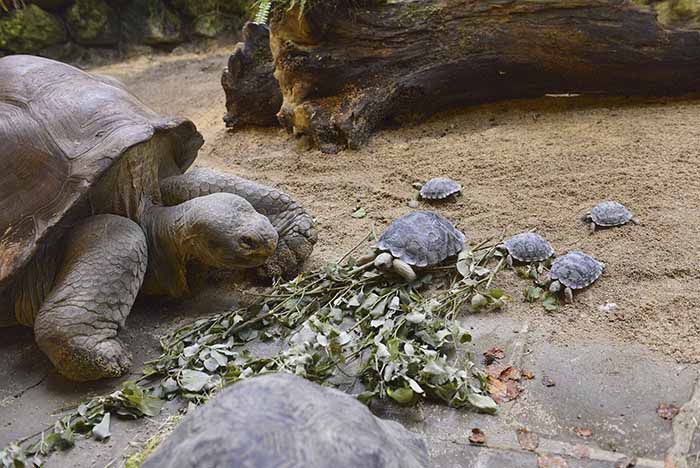
Recent births help to remove these animals from critical danger of extinction after they were almost destroyed as a result of human activity.
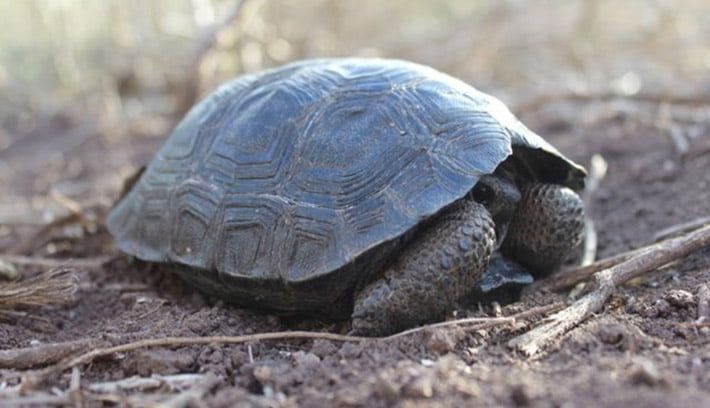
When the sailors landed for the first time on Pinzón Island in the mid-eighteenth century, they inadvertently triggered an environmental catastrophe that generations were slow to correct. The rats aboard the first boats quickly established themselves in the fragile ecosystem, according to records, and began to delight in the eggs and hatchlings of the island's turtles that, until then, had few natural predators.
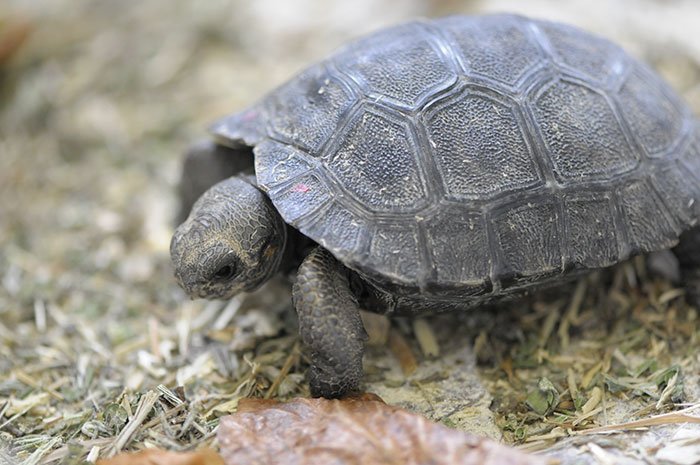
The human-powered rat invasion was so devastating to the turtle population that during the following decades not a single baby survived, which put the species on the road to extinction.
But conservation efforts, developed in the 1960s when the turtle population had been reduced to less than 100, eradicated the rat population in Pinzón.
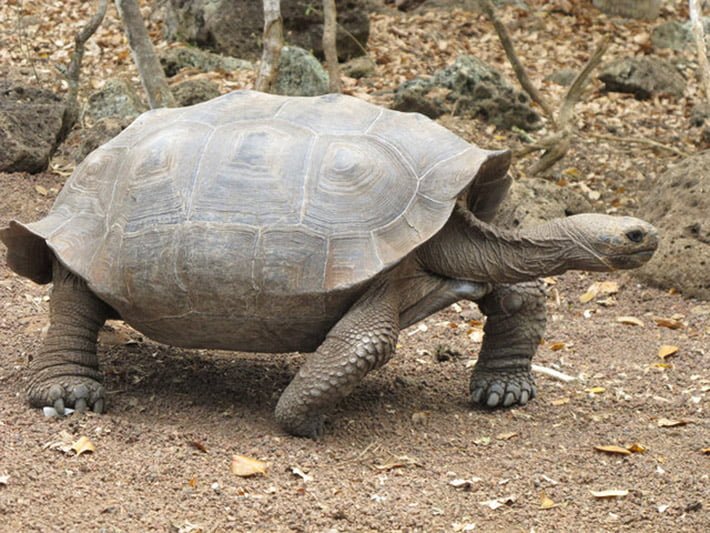
Conservationists found few whole eggs that were collected and incubated on a nearby island.
The turtles are reproducing again in the Galapagos Islands
The turtles were incubated and reared for five years until they were large enough not to be attacked by rats before being released back into Pinzón, but the rats still persevered.
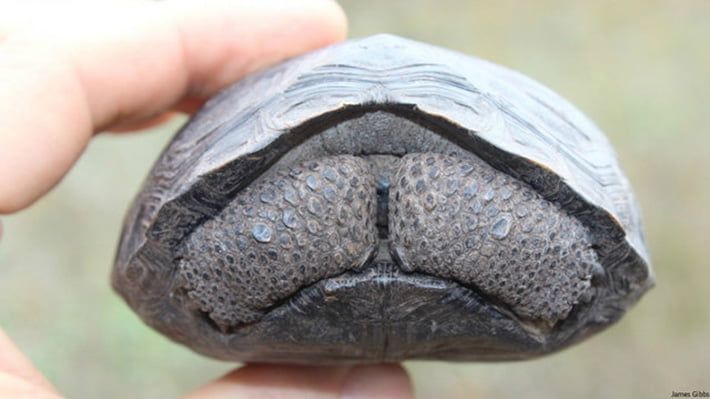
In 2012, biologists used helicopters to distribute poison designed to kill rats, and it worked; Pinzón was recently declared free of rats.
James said:
"The incredible eradication of rats on this island, carried out by the park service and others, has created the opportunity for turtles to reproduce for the first time."
James and his team detected 300 turtles in total on the trip, which, he says, suggests that there are now more than 500 estimated to currently live on the island.
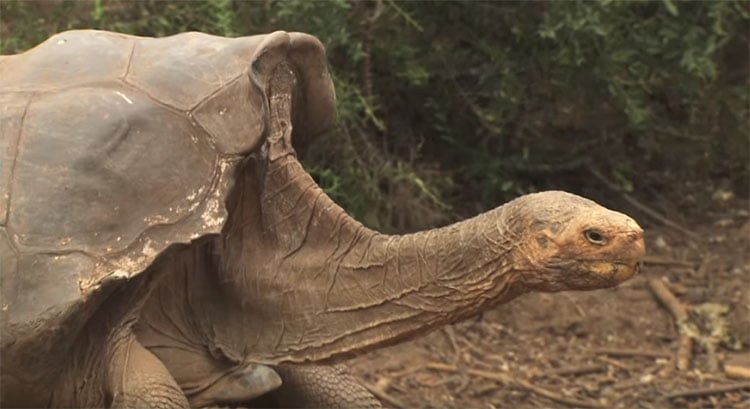
The large population of giant tortoises of the Galapagos Islands has much to thank Diego , a turtle that is more than 100 years old and removed its species from the danger of extinction by capturing 800 offspring in captivity.



No comments